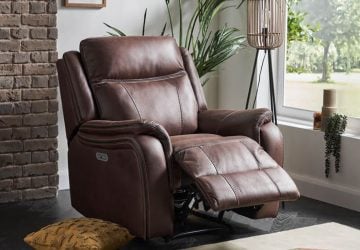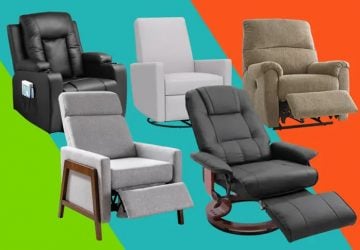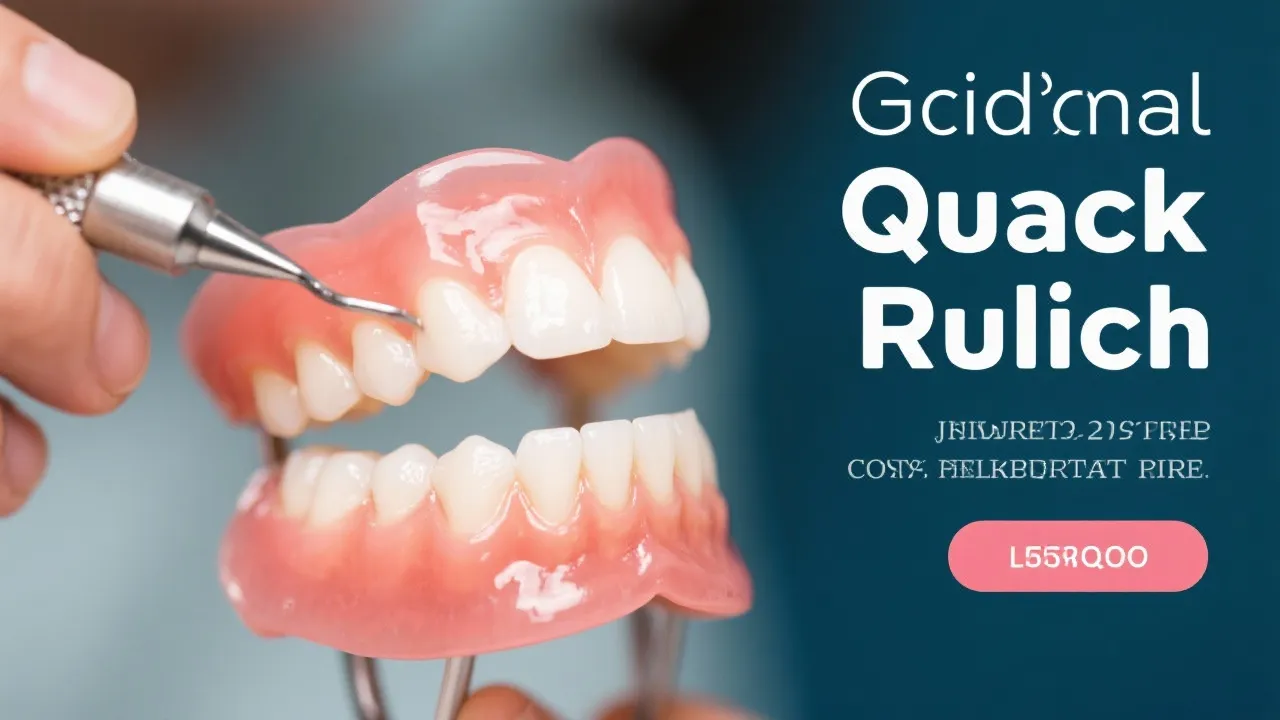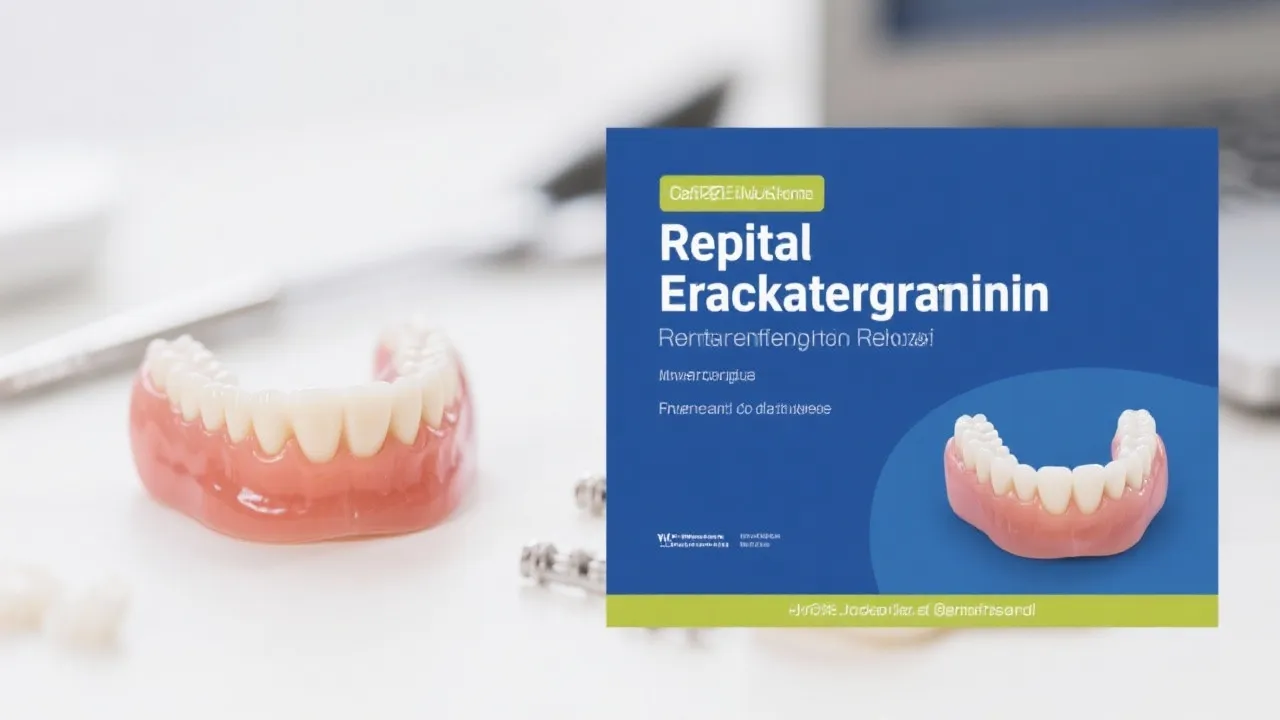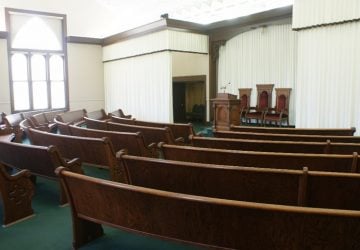Welcome to Pre Home: Revolutionizing the Housing Market with Sustainable and Cost-Effective Living Solutions
In a period of substantial fluctuations in the real estate market, an innovative housing model known as "Pre Home" is emerging as a promising solution for those aspiring to own a home. This concept is swiftly gaining traction and is poised to reconfigure the dynamics of the property sector.
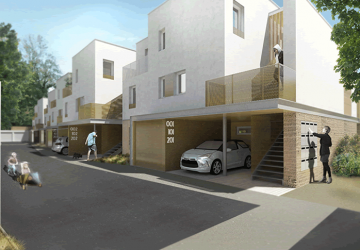
The "Pre Home" signifies a home constructed in advance of its final placement. These modular, prefabricated units are crafted in controlled settings away from their ultimate site, facilitating increased quality control, less material waste, and reduced building times, all contributing to a decrease in overall costs.
Sustainability is a cornerstone of the Pre Home proposition. As the building sector often bears criticism for its environmental impact, Pre Homes represent a greener alternative, meticulously utilizing materials chosen for their low environmental footprint. The factory-centric production model enhances resource efficiency and decreases surplus material, while the houses themselves are engineered for maximal energy efficiency with the integration of renewable energy sources such as solar panels, superior insulation, and smart technology systems, further limiting the ecological impact of these homes.
With affordability in mind, Pre Homes address the financial challenges of traditional house construction. Predictable manufacturing processes limit unexpected expenses, leading to adherence to set budgets and more accessible price points for homeowners, including younger buyers and first-timers who might find the conventional market prohibitive.
Construction pace is another key aspect where Pre Homes shine. The parallel processing of creating house components and site development cuts down the time required to build the home. Buyers benefit from expedited occupancy timelines, which in turn reduces the interim burden of renting or finding other temporary accommodations.
Design versatility is a substantial draw for Pre Home buyers. Contrary to outdated stereotypes of monotonous prefab homes, current Pre Homes can be tailored to individual preferences, offering diverse architectural styles and customization opportunities without an exorbitant cost.
However, Pre Homes face regulatory challenges from zoning laws, building codes, and perceived prejudices about prefab quality and durability. Industry pioneers must strive to reshape regulations and shift public opinion, demonstrating the high quality and longevity of these homes.
Technological advancements hold immense potential within the Pre Home sector: Automated home systems, innovative construction materials, enhanced production techniques, IoT-enabled residences, 3D-printing components, and even robotic assembly are all areas ripe for development within this field.
Summing up, the Pre Home model is at the vanguard of a housing transformation. Tackling problems such as environmental impact, affordability, and construction durations, this model stands as a beacon of progress in the housing industry. With ongoing technological progress and a societal pivot to ecologically conscious living, Pre Homes are setting the stage for the future of housing, modularly advancing towards more sustainable and attainable living spaces.
